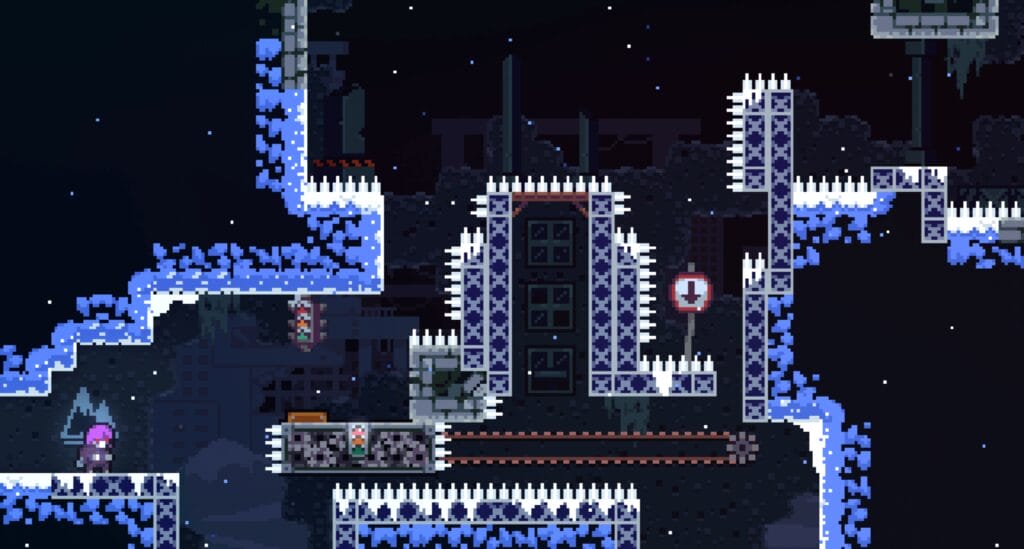Making Fun Games: 9 steps of Game Designing Introduction
Playing games is awesome. But have you ever wondered what goes into actually making them? It takes careful planning and lots of hard work. In this post, we’ll break down the key steps professional game designers use to bring their ideas to life.

Step 1: Research First, Ask Questions Later
When you start a new game project, the very first thing you should do is research. Learn everything you can about:
- The game genres and types you’re interested in
- What’s currently popular and selling well
- Tools and technology options
- Budget and team requirements
Getting background knowledge upfront will help guide your decisions later. It also helps you shape ideas that are realistic and possible to accomplish.
“Knowledge is power.” Don’t skip this vital first step!


Step 2: Understand Your Player Audience
Now that you’ve researched game design basics, the next big question is:
Who will play your game?
Defining your target audience is super important. Games designed for kids play differently than complex strategy games for adults.
Ask questions like:
- How old are my players?
- What other games do they like?
- Are they casual or hardcore gamers?
- What platforms and devices will they use?
Nail down these details early because they impact all other decisions around:
- Story and visuals
- Game complexity
- Pacing and progression
- Marketing and platforms
Research Your Competition
Along with your player audience, research similar and competing games. Study what works well and what doesn’t. Identify missing elements you can include to help your game idea stand out.
Playtest Early And Often
Once you have a rough prototype ready, get it into players’ hands quickly. Their feedback is invaluable for spotting issues and fine-tuning the overall fun factor.
Key Takeaway: Spend lots of time upfront understanding your players. Design choices that ignore audience realities guarantee failure.

Step 3: Brainstorm Concept Ideas as a Team
Game design isn’t a solo activity. You need a team’s creative brains to turn your vision into a real product players love.
Host Open Brainstorm Sessions
Get everyone together – artists, coders, producers, sound engineers. Encourage them to shout out any idea without limits or judgement.
Write down everything and sort later. Wild, wacky ideas often morph into great ones with tweaking.
Compare Ideas to Research
Refer back to your initial research after brainstorming. Filter concepts through the lens of actual player needs/wants, technical limitations, and resource constraints.
Define Your pillars
Solidify 5-6 core pillars that capture essential elements all ideas must include, such as:
- Solo + multiplayer modes
- Retro pixel art style
- Rogue-like progression
Pillars help evaluate if ideas fit within project scope and priorities.

Step 4: Prototype Gameplay Mechanics
Now the real design work begins! Game mechanics bring concepts to life and keep players hooked.
Map Core Mechanics
Detail exactly how the main one or two mechanics function. These are things like:
- Shooting
- Puzzles
- Racing
- Resource gathering
Flesh out how they work technically, visually, and from a rules perspective.
Build Quick Prototypes
Create ugly but functional prototypes focused solely on nailing down core mechanics. Use placeholder art assets rather than getting distracted with polish.
Refine mechanics iteratively based on frequent informal testing. When they feel right, flow well, and are fun, you have a strong foundation to build upon.
Integrate Other Mechanics
Add supplemental mechanics like character growth, customization, story elements, etc. Evaluate if they enhance and support the central mechanics without overcomplicating things.

Step 5: Construct an Immersive Game World
Once solid mechanics are proven, designers shift focus to crafting an immersive atmosphere and world that brings everything together visually.
Concept Key Environment Assets
Get artists generating ideas and models for characters, environments/levels, props, FX, etc. Collaborate to define visual styling that aligns with target audience expectations.
Build Narrative and Quest Structure
Work with writers if incorporating a story. Map out essential narrative pieces, quest flows, and dialogue trees. Ensure coherence with world visuals and core mechanics.
Compose Custom Music and Sounds
Don’t underestimate a quality soundtrack and effects! Audio is hugely impactful on gameplay feel and emotional player connections. Work closely with composers and sound engineers.
Refine and Polish
With all foundational pieces in place, dedicate resources to fixing flaws and maximizing production value. Upgrade visual assets and add juicy particles, animations, textures, and lighting.

Step 6:Test with Actual Players
At multiple checkpoints, put your game in front of real users and observe them playing it. Their direct feedback is invaluable.
Fix Usability Issues First
Look for confusion, lack of instructions, clunky controls, information overload, and difficulty progression. Fix major issues blocking basic usage first.
Evaluate Emotional Response
Gauge player reactions as they encounter key story moments, challenges, and wins. Note strong emotional connections tied to specific elements.
Identify Missing Fun Features
Let testers freely articulate what additional mechanics or features would enhance enjoyment. Especially seek input around your big vision items and key differentiators.
Step 7: Plan Meticulously
With an army of specialists collaborating, you need rock solid planning to hit targets.
Create Milestones
Break down every project stage into measurable milestones with assigned dates and owner accountability. Build in buffer time for the unknown.
Document Everything
Overcommunicate using Team documents, wikis, notes, diagrams. Details will be forgotten without visible records.
Review Progress Daily
Start each day revisiting the plan and milestones. Call out slippage early making appropriate adjustments and resource shifts.
Step 8: The Final Brush
As you close in on the finish line, shift all effort toward quality and polish.
Fix Bugs!
Robust testing will reveal many bugs – tackle them ruthlessly. Prioritize major functional issues first.
Localize for Regions
Don’t neglect translation needs for target geographies. This includes text, audio dialogue, and culturalization.
Build Buzz
Begin seeding news of your game to relevant media outlets and influencers. Generate excitement leading up to launch.
Step 9: Lessons learned
After your game is complete and launched, take time to purposefully reflect. Identify what worked well through each design, development, and release phase along with what can be improved for next time.
Document Challenges
Where did your team encounter obstacles? What was blocking progress or causing significant rework? Common pitfalls include unclear vision, poor scoping, lack of testing validation, etc.
Flag Process Inefficiencies
Note areas where business process can be streamlined. If budgets and schedules were frequently misaligned, analyze root causes within planning mechanisms or cross-functional handoffs.
Capture Toolchain Learnings
Building a game touches many parts of the technology stack. Work with engineers to catalog lessons around game engines, pipelines, asset management, dev ops, etc. What capabilities should be strengthened for future titles?
Identify Skill Gaps
Understand where your studio needs to bolster expertise. Deepen talent in high leverage domains through mentoring, selective hiring and partnerships. Invest where bottlenecks are recurring.
Consolidating takeaways across staff reinforces strengths to leverage going forward and improvement areas to thoughtfully address. Companies continually learning and adjusting ultimately build better games!

Key Takeaways
Game development involves equal parts creativity and process discipline. Follow these best practices shared by expert designers:
- Research player needs and market opportunities early
- Prototype core mechanics quickly and pressure test with audiences
- Collaborate across specialists to enhance holistic gameplay experiences
- Establish a plan and milestones upfront
What key insights on game creation did you take away? Think through how you might apply them to develop your own winning game one day!


















